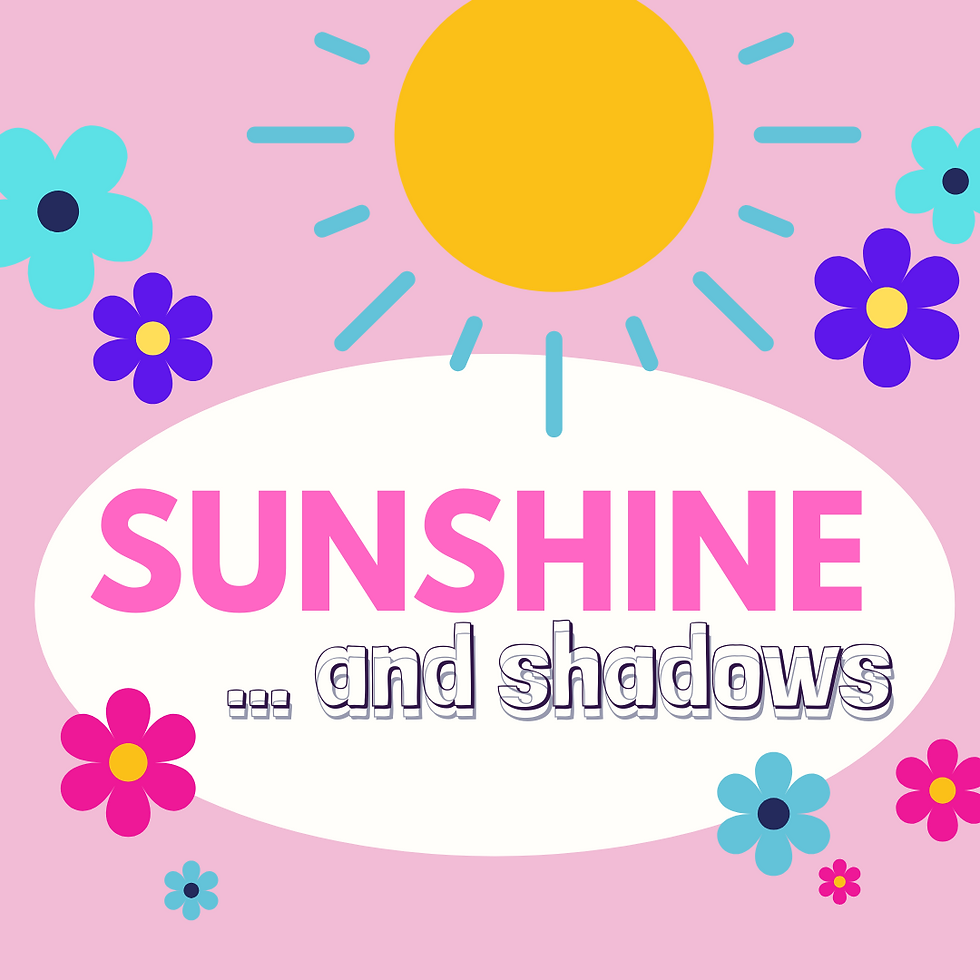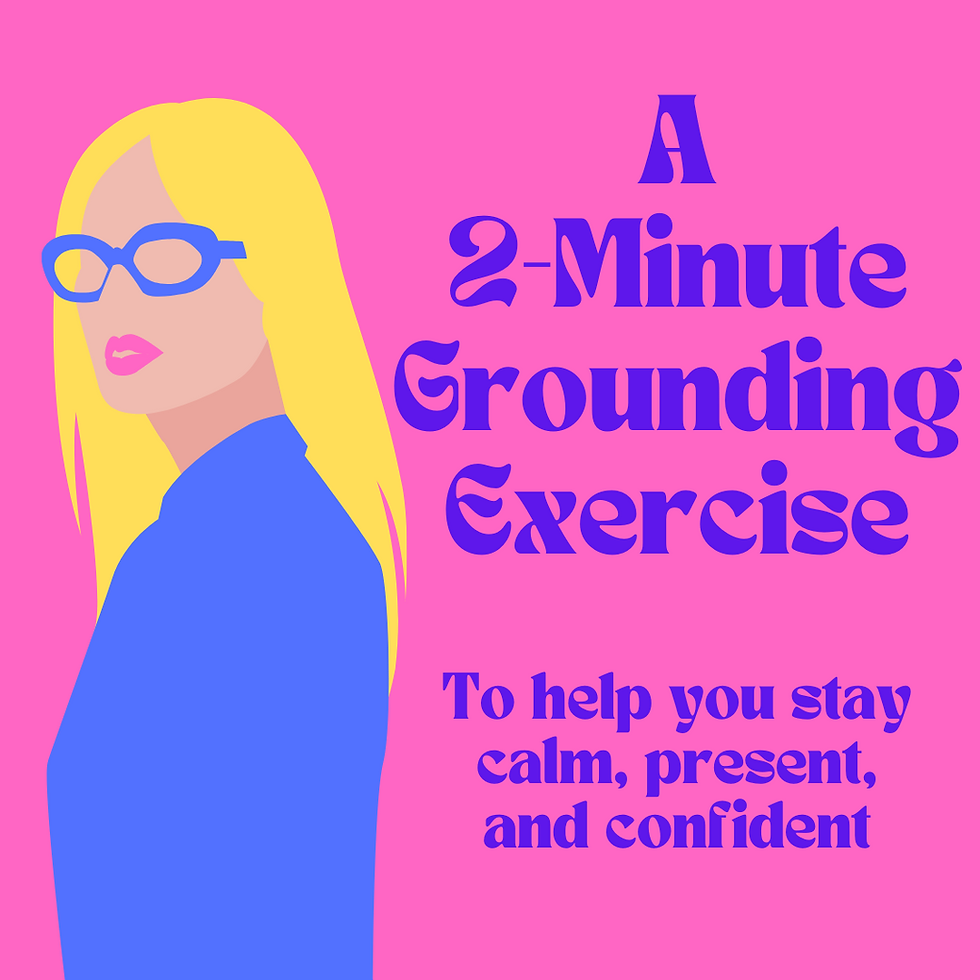One Small Communication Tip for Each Enneagram Stance
- jilanncarlson

- Jun 20
- 3 min read

Have you ever been confused by someone’s response—or lack of one?
Maybe they suddenly went silent. Maybe they steamrolled the conversation. Or maybe they were just waiting for you to make the next move.
These different reactions often come from something called stances—a simple but powerful part of the Enneagram that helps us understand how people respond to the world and communicate under stress.
My Personal Story: Learning to Speak First
I tend to be the “get quiet” person.
First, I have to think about what I actually think. Then I have to think about what that means. Then how I’m going to say it. And then how it will be received by everyone who hears it.
If that sounds like one long, run-on sentence—welcome to my brain. Too much thinking. Not a lot of fast action.
Recently, I was in a review where I was challenged to speak first, rather than always waiting to hear what everyone else thinks before chiming in.
My first reaction? What?? Are you crazy??
But I’ve been testing it out. I’ve been experimenting with sharing earlier, even when I’m still forming my thoughts. And you know what? It’s felt good. It’s stretched me in all the right ways. I still need more time to process than most, but I’m learning to flex a new muscle—and I like it.
Understanding the Enneagram Stances
The three Enneagram stances reflect how each of us typically gets our needs met or handles challenges. Your stance is based on which part of your inner world you tend to underuse: thinking, feeling, or doing.
Here’s a simple breakdown:
🔹 Withdrawing Stance (Types 4, 5, 9)
These types tend to pull back when they feel overwhelmed or unsure. They process internally and usually need time before responding or re-engaging.
Communication Trap: Going silent or appearing disengaged.
Tip: Don’t assume silence means disinterest.If you’re working with or love someone in this stance, check in gently. Try saying:
“I’d love to hear what you’re thinking—when you’re ready.”And if this is your stance: challenge yourself to speak up sooner than feels comfortable. Your perspective matters more than you realize.
🔹 Compliant (or Dependent) Stance (Types 1, 2, 6)
These types are more attuned to external expectations—what others need, what the rules say, or how relationships are functioning. They often seek guidance or affirmation before taking action.
Communication Trap: Over-relying on outside validation or hesitating to act without consensus.
Tip: Be clear and encouraging.These types thrive on consistency and clarity. If you're communicating with them, don’t leave them guessing—be direct about what you need, and then affirm their value.And if this is your stance: notice if you’re holding back, waiting for permission no one actually needs to give you.
🔹 Assertive (or Aggressive) Stance (Types 3, 7, 8)
These types move quickly and confidently, often shaping conversations and decisions as they go. They’re future-oriented and often think out loud.
Communication Trap: Talking over others or missing subtle emotional cues.
Tip: Slow down and ask for feedback.If you’re in relationship with someone in this stance, know they value energy—but also need thoughtful connection.And if this is your stance: try pausing to say,
“What are your thoughts?” or “Did I miss anything important?”That small pause shows humility and builds trust.
A Small Challenge with Big Impact
Here’s your coaching challenge for the week:
📝 Reflect on which stance you most relate to—and try your communication tip in one real conversation this week.
Just one person. One interaction. Small shifts like this can lead to big growth in how you connect with others.
If you’re not sure which stance you’re in, take my free Enneagram assessment here or listen to the full episode of my podcast Strength in Small Doses for a quick refresher.
And if this post helped you think about your communication in a new way—share it with a friend who might need the same encouragement.
Wanna hear the podcast? Go HERE!
Don’t forget:There’s strength in numbers.



Comments